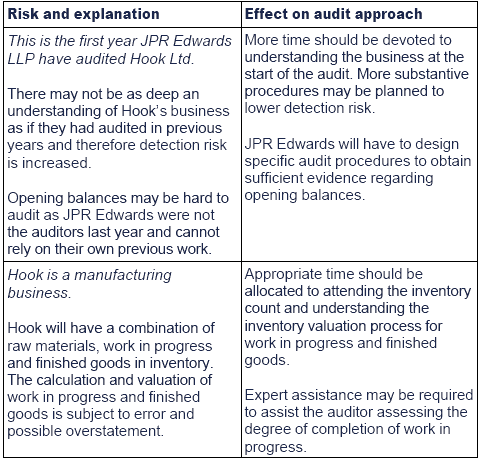What Is An Equalization Factor In Real Estate
Equalization Factor or Multiplier - The equalization factor sometimes called a multiplier is the tool used to bring all property to a uniform level of assessment. Each county is assigned its own equalization factor.
 Dodge 1931 Dodge Car Print Ads Car Ads
Dodge 1931 Dodge Car Print Ads Car Ads
Real Property Tax Law.

What is an equalization factor in real estate. Equalized Assessed Value EAV - The equalized assessed value or EAV is the result of applying the state equalization factor to the assessed value of a parcel of property. They are used by local assessors and the State of Illinois for the purpose of improving assessment equity equality andor reaching the State required assessment level of 33 13 of market value. The purpose of equalization is to ensure that the taxes for taxable property are a uniform percentage of the propertys government-assessed value across different tax districts.
The State of NJ site may contain optional links information services andor content from other websites operated by third parties that are provided as a convenience such as Google Translate. The Final 2019 Cook County Equalization Factor is 29160. An equalization factor is a multiplier used to ensure that the total equalized assessed value EAV of real property in all counties in Illinois equals 33 of the fair market value.
Equalization rates are percentages Examples. An equalization factor is a multiplier used to ensure that the total equalized assessed value EAV of real property in all counties in Illinois equals 33⅓ of the fair market value. More property tax topics.
Each year ORPTS calculates equalization rates for each of the states more than 1200 assessing units. Equalization Factor in Real Estate Investment. Equalization rate 100.
3 days ago The equalization factor is a multiplier used to ensure that the total equalized value or EAV of real estate property in all Illinois counties equals 33 13 percent of the fair market value. The three-year average level of assessments weighted by class for. Houses 2 days ago Assuming an area that the tax authorities believe is under-assessed in relation to surrounding areas they might apply an equalization factor multiplier of 125 or a 25 increase.
A propertys assessed value is typically lower than its market value. An equalization ratio equals a propertys assessed value divided by its market value. A municipality typically uses the assessed value to calculate property taxes whereas the market value is the amount for which the property would likely sell on the open market.
1890 A specific parcel of real estate has a market value of 180000 and is assessed for tax purposes at 35 percent of market value. Total assessed value of the municipality total market value of the municipality Equalization rate. Equalization is necessary in New York State.
This process is known as inter-county equalization. What is the annual real estate tax on a property that is valued at 135000 and assessed for tax purposes at 47250 with an equalization factor of 125 percent when the tax rate is 25 mills. Or the county as a whole.
Table of Equalized Values. Considering this what is equalization in real estate. This process is known as inter-county equalization.
Equalization seeks to measure the relationship of locally assessed values to an ever-changing real estate market. The municipality is assessing property at. If the median level of assessment for all property in the county varies from the 33 13 percent level required by law an equalization factor is assigned to bring assessments to the legally mandated level.
A mathematical number multiplier or factor applied to a type of property residential commercial etc. The equalization factor is a multiplier used to ensure that the total equalized value or EAV of real estate property in all Illinois counties equals 33 13 percent of the fair market value. Equalization rates Equalization rate formula.
An equalization rate is New York States measure of a municipalitys level of assessment. 22 rows Equalization is the application of a uniform percentage increase or decrease to assessed. Equalization factors are needed in situations where county property taxes are being collected from several different towns cities and villages municipalities that are using different assessment ratios within that county.
Why is equalization necessary. Take a 225000 assessed property in this area Multiply 225000 X 125 270000 as the new assessed value Value Components in Real Estate. Equalization prevents against paying high property taxes in one tax district while paying low property taxes in another tax district for the same piece of property.
All counties including Cook are required to undergo equalization to ensure that the total equalized assessed value of real property is 33⅓ of fair.
Read more »

